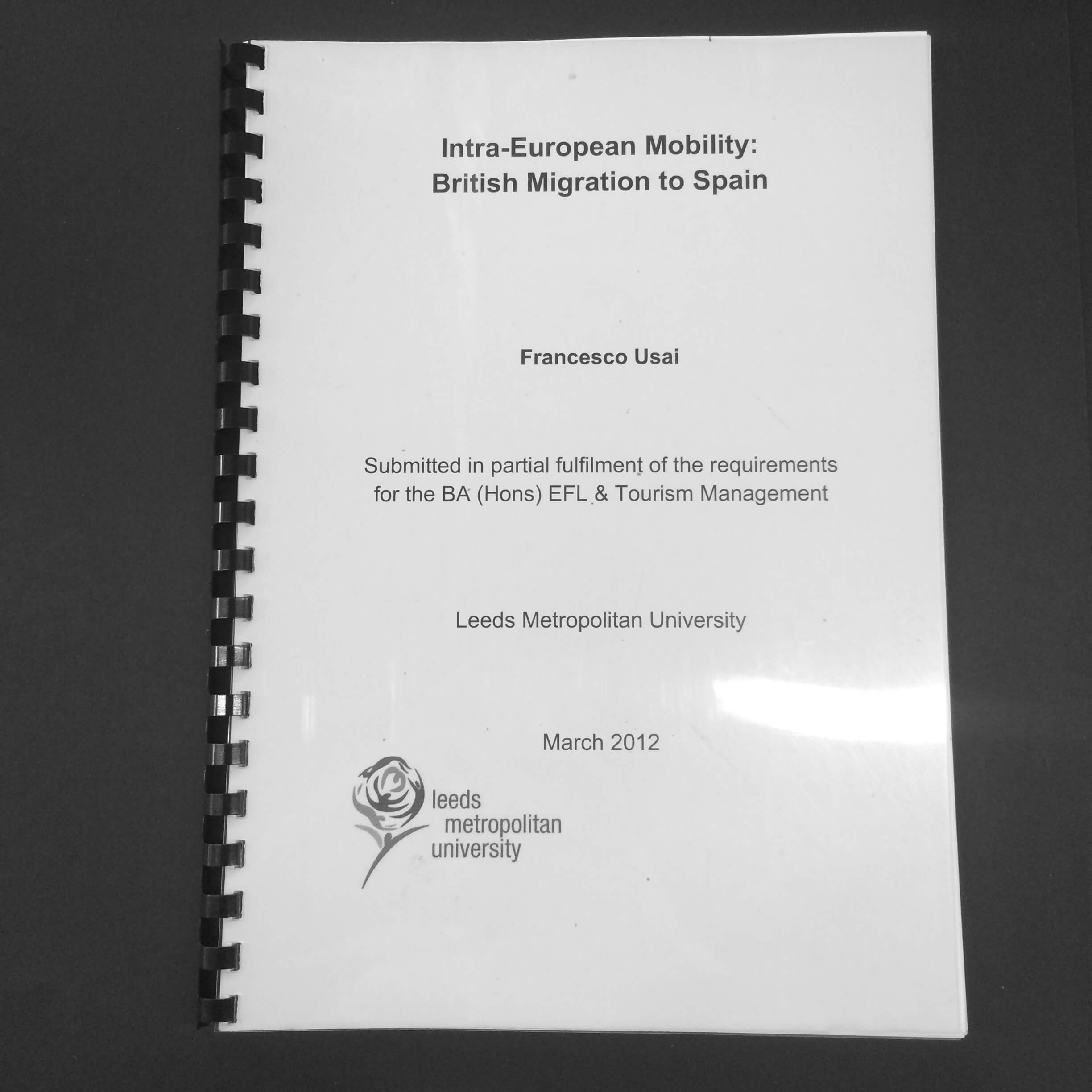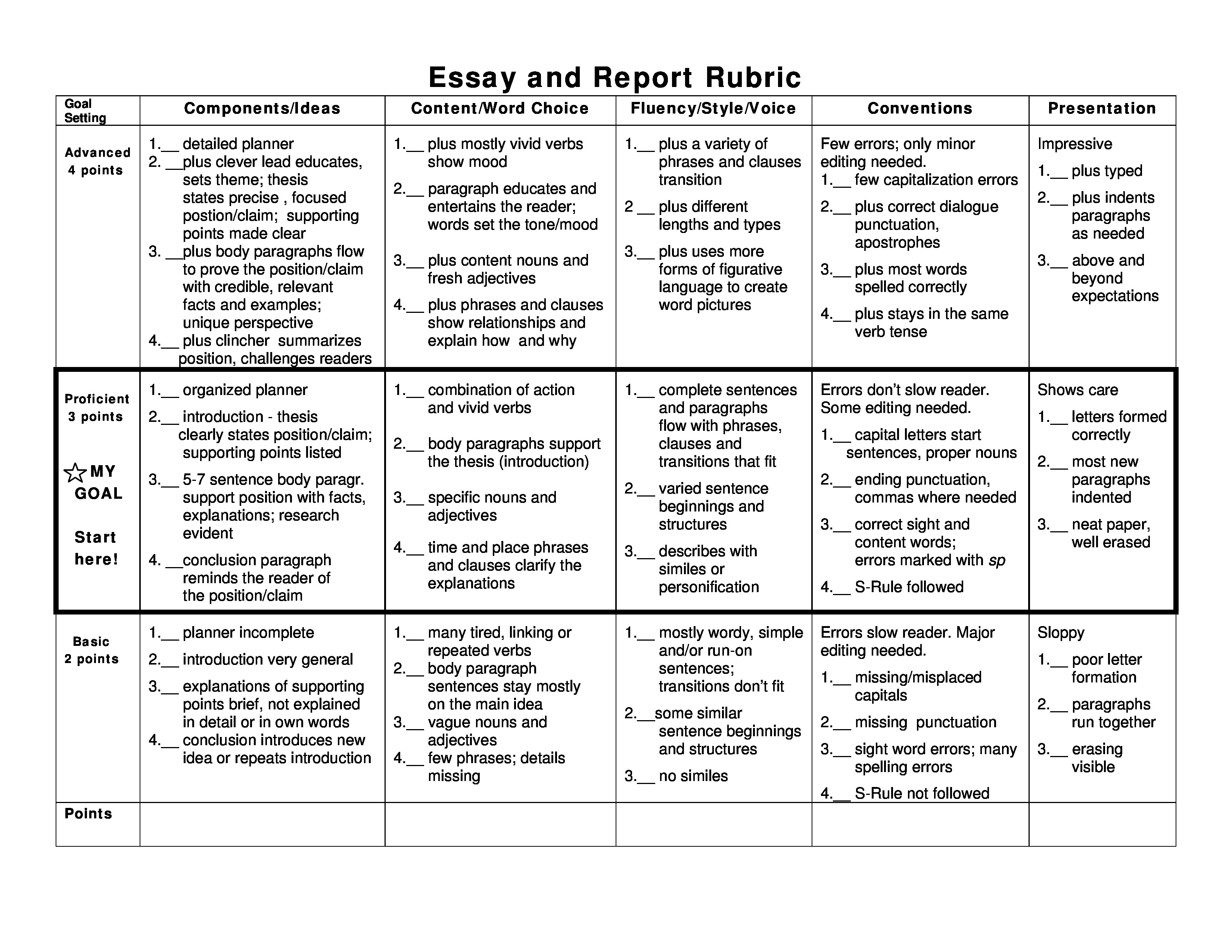Classification, Identification, and Clinical Significance.
Current Classification. The genus Proteus currently consists of five named species (P. mirabilis, P. penneri, P. vulgaris, P. myxofaciens, and P. hauseri) and three unnamed genomospecies (Proteus genomospecies 4, 5, and 6). The literature abounds with studies on the taxonomy of the genus Proteus since the original publication by Hauser, who first described the genus (Table (Table1) 1) ().Classification of Proteus vulgaris biogroup 3 with recognition of Proteus hauseri sp. nov., nom. rev. and unnamed Proteus genomospecies 4, 5 and 6.Proteus vulgaris. The genus Proteus is classified in the enteric bacteria, together with Escherichia coli, Salmonella, Shigella, Enterobacter and Serratia.All these bacteria are small, Gram-negative rods and are facultative anaerobes: they ferment sugars in anaerobic conditions but can use a wide range of organic molecules in aerobic conditions.
Examination of Proteus Vulgaris by Carbohydrate Fermentation Tests Abstract: Some bacteria ferment certain carbohydrates, while producing acidic or gaseous products; this information can be utilized in order to identify bacteria (Morello and Granato, 2003).Proteus vulgaris, Hauser. This is an exceedingly interesting organ- ism on account of its wide distribution, the ease with which it is modified, and because it seems to stand between the true sapro- phytic and the purely pathogenic bacteria. It has been found.

Proteus is a genus of Gram-negative Proteobacteria. Proteus bacilli are widely distributed in nature as saprophytes, being found in decomposing animal matter, sewage, manure soil, the mammalian intestine, and human and animal feces. They are opportunistic pathogens, commonly responsible for urinary and septic infections, often nosocomial.










